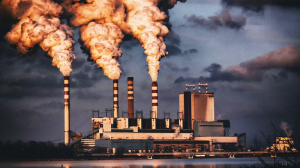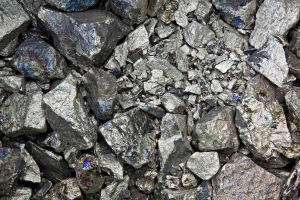Asia’s energy security at risk as tariff wars spur LNG Dependence: Experts
As Asian countries scramble to balance trade deficits with the United States through long-term liquefied natural gas (LNG) imports, experts warn that such deals may deepen energy insecurity and derail clean energy goals across the region.
“Signing long-term commitments to buy U.S. LNG would be a costly mistake,” Sam Reynolds, Research Lead at the Institute for Energy Economics and Financial Analysis (IEEFA), said in a statement on Wednesday, April 30, 2025.
“U.S. LNG prices are already uncompetitive and growing more expensive due to rising liquefaction fees and market volatility. These deals would offer negligible benefits to trade balances and expose emerging markets to long-term energy risks,” he added.
Countries including Bangladesh, India, Vietnam, Indonesia and the Philippines are exploring LNG contracts with American firms, some as a means to appease the Trump administration’s aggressive tariff policies. Yet, experts warn this approach is counterproductive.
“LNG hasn’t delivered energy security or affordability,” said Laurie van der Burg of Oil Change International. “Instead, it’s caused blackouts, rising debt, and climate damage. Over 99 percent of Southeast Asia’s wind and solar potential remains untapped. Doubling down on renewables would be the real solution.”
Tim Daiss, founder of APAC Energy Consultancy, warned that a surge in LNG imports would jeopardize net-zero pledges.
“This poses a systemic risk to the region’s ability to pivot away from fossil fuels,” he said. “Vietnam, the Philippines, and Bangladesh in particular will see complications in their clean energy transitions.”
Thailand's ambition to become an LNG hub also faces scrutiny. “Relying heavily on LNG could leave the country with stranded assets and undermine its renewable transition,” said Sarinee Achavanuntakul of Climate Finance Network Thailand.
She noted that around THB100 billion in LNG terminal investments could become economically unfeasible due to shifting climate policies and market risks.
Beyond fossil fuel imports, Southeast Asia’s renewable energy sector is bracing for disruptions from U.S. tariffs on clean energy technologies. Yet many see this as a turning point.
“Tariffs should not distract Southeast Asia from the global clean energy opportunity,” said Lauri Myllyvirta of the Centre for Research on Energy and Clean Air. “By strengthening domestic and ASEAN markets for clean technologies, the region can build a sustainable, competitive industry.”
Christina Ng of Energy Shift Institute emphasized the strategic pivot. “This is a chance for Southeast Asia to move up the value chain − from low-cost assemblers to innovators in advanced clean energy systems.”
Meanwhile, China’s dominance in the global clean tech supply chain offers an alternative model.
“China is unlikely to be affected by new U.S. tariffs,” Caroline Wang, a China analyst at Climate Energy Finance, said. “But Southeast Asian countries reliant on re-export trade to the U.S. may suffer disruptions and costlier renewables.”
Despite short-term shocks, experts suggest that regional cooperation, domestic investment, and diversification into emerging markets could bolster Southeast Asia’s resilience.
“The clean energy boom in Southeast Asia depends on accelerating the transition,” said Muyi Yang of Ember. “It’s a vital hedge against global trade volatility.”
Tag
Already have an account? Sign In
-
Start reading
Freemium
-
Monthly Subscription
20% OFF$29.75
$37.19/MonthCancel anytime
This offer is open to all new subscribers!
Subscribe now -
Yearly Subscription
33% OFF$228.13
$340.5/YearCancel anytime
This offer is open to all new subscribers!
Subscribe now







